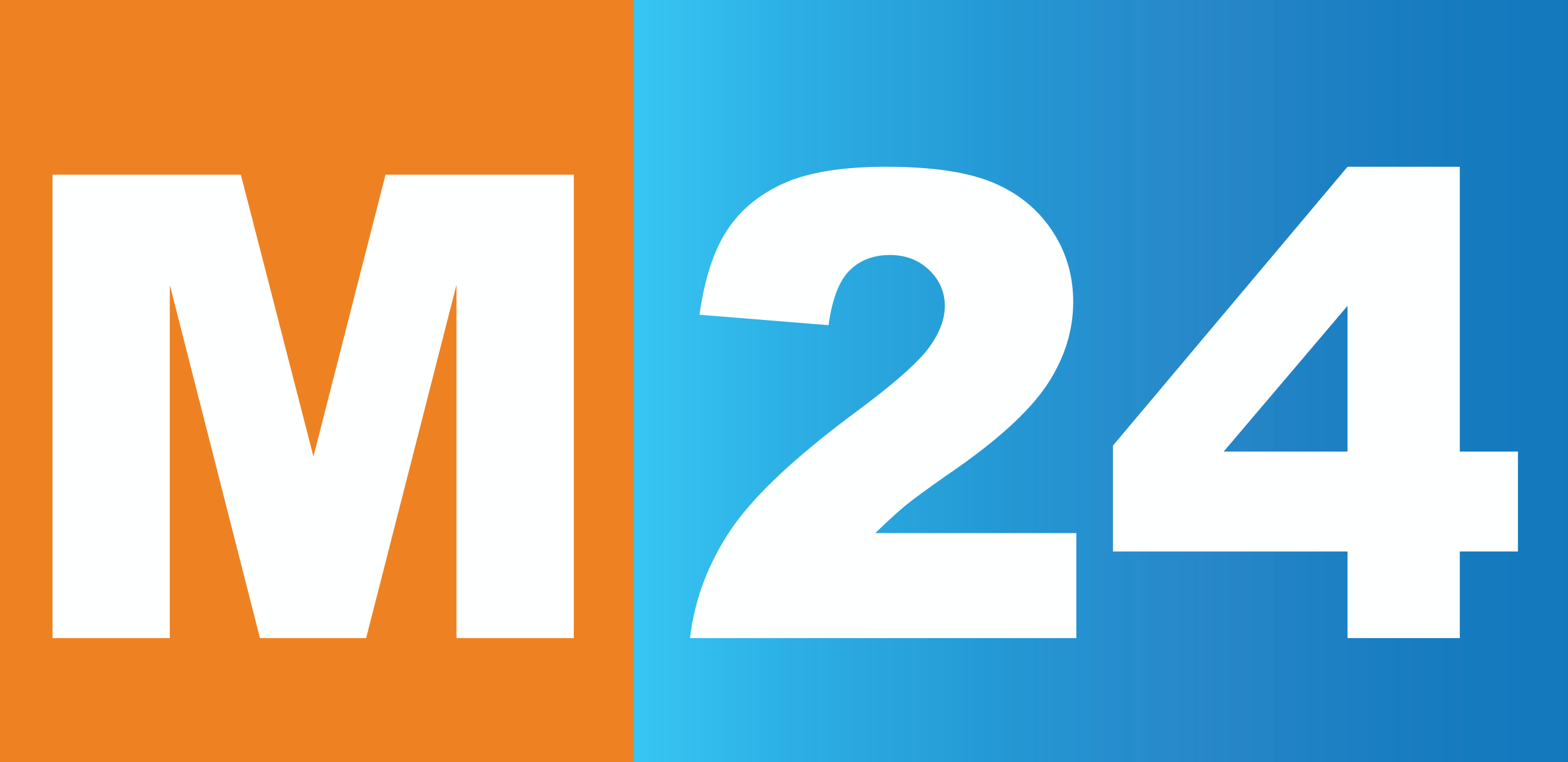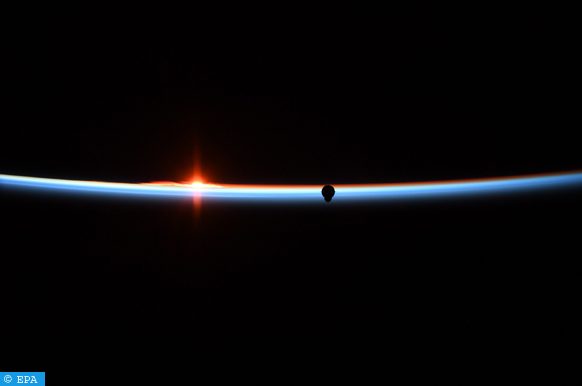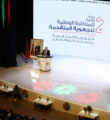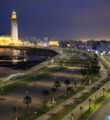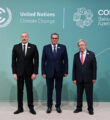Solar Coronagraph to Join International Space Station in October
Seoul – A groundbreaking solar coronagraph, developed through a collaborative effort between the Republic of Korea and the United States, is set to be deployed to the International Space Station (ISS) this October. The device, designed to observe the Sun’s corona and study solar wind, represents a significant advancement in space research.
According to a report by Yonhap, the Coronal Diagnostic Experiment (CODEX) is the product of a joint effort involving the Korea AeroSpace Administration (KASA) and NASA. This partnership, valued at approximately 20 billion won (14.5 million dollars), has culminated in the creation of this innovative instrument. The coronagraph will be launched aboard a SpaceX Falcon 9 rocket, marking a key milestone in international space cooperation.
Coronagraphs are specialized instruments that function similarly to telescopes but with a crucial difference: they include an opaque mask that blocks direct light from the Sun, allowing scientists to observe the Sun’s corona, much like what occurs during a solar eclipse. This capability is essential for studying various solar phenomena.
CODEX is particularly notable for being the first coronagraph designed to measure not only the density of the solar wind but also its temperature and velocity. These measurements are expected to yield new insights into the nature of the solar wind, a stream of charged particles continuously emitted by the Sun’s upper atmosphere. Variations in the solar wind, when interacting with Earth’s magnetic field, can trigger geomagnetic storms, making this research crucial for improving space weather forecasting.
Over its two-year mission aboard the ISS, CODEX will tackle two primary objectives. The first is to unravel the mystery of why the temperature of the solar wind is millions of degrees higher than the Sun’s surface. The second goal is to test scientific models that aim to pinpoint the region in the Sun’s atmosphere where this extreme heating and acceleration occur.
In addition to advancing scientific understanding, CODEX’s findings could have practical implications, particularly in the realm of space weather prediction. Enhanced forecasts could help protect satellites, power grids, and other critical infrastructure from the potentially harmful effects of solar activity.
